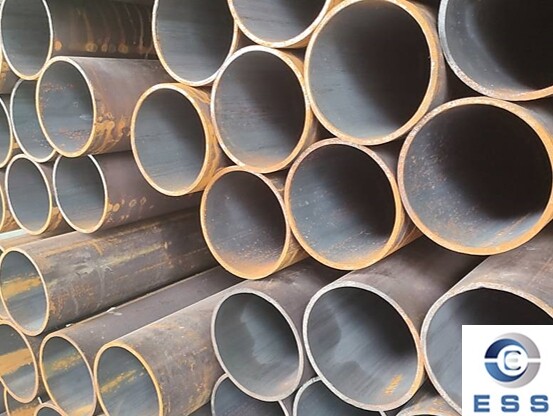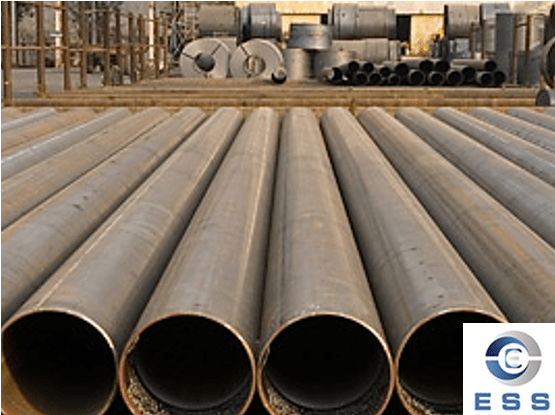
Carbon steel seamless
pipe is a pipe made of carbon steel raw materials through a series of
processing processes (such as hot rolling, cold drawing, etc.). Its biggest
feature is that there is no welding seam on the pipe body. Compared with welded
pipes, this seamless structure ensures the uniformity and continuity of the
pipe as a whole, thus having higher pressure resistance, wear resistance and
corrosion resistance. These excellent characteristics make it widely used in
harsh environments such as machinery manufacturing, oil and gas transportation,
chemical equipment, and high temperature and high pressure.
Given that carbon steel seamless pipes play
a key role in such complex and demanding working environments, it is
particularly important to reasonably select their thickness. The thickness
selection of carbon steel seamless pipes should consider the use scenario and
the pressure they bear. Generally, choosing an appropriate thickness can
improve the service life and safety of seamless pipes.
Principles of thickness selection
The thickness selection of carbon steel
seamless pipes should consider their use scenarios and pressure they bear.
If the thickness is too thin, it will not
only be unable to withstand greater pressure, but also be prone to explosion
accidents; if the thickness is too large, it will waste materials, increase
costs, and increase the weight of seamless pipes. Therefore, the thickness
should be selected reasonably according to the specific situation.
Thickness measurement
The thickness of carbon steel seamless pipe
is usually measured with a thickness gauge. When measuring, the accuracy of the
measuring instrument and the accuracy of the measuring position should be
ensured. In order to ensure accurate and reliable data, multiple measurements
should be taken from different places, and the average value should be taken as
the final thickness value.
Reference value of thickness
The following are some common
specifications of carbon steel seamless pipes and reference values of corresponding thickness:
1. Pipes with an outer diameter of 32mm,
the wall thickness is generally 3.5mm or 4mm.
2. Pipes with an outer diameter of 50mm,
the wall thickness is generally 3.5mm, 4mm or 5mm.
3. Pipes with an outer diameter of 108mm,
the wall thickness is generally 4.5mm or 5.5mm.
Other precautions
1. During installation and use, attention
should be paid to the protection and maintenance of seamless pipes, and leaks
should be checked and repaired in time and the inside of the pipe should be
cleaned to extend the service life of seamless pipes. The parts connected to
the pipe flange should ensure sealing to prevent leakage.
2. Choose seamless pipes produced by
regular manufacturers to ensure their quality and safety.
3. When purchasing, check the
manufacturer's qualifications and product certificates to confirm product
quality and eligibility. Especially for pipes used in high-risk scenarios such
as boiler
tube.
Conclusion
Choosing the appropriate thickness can
improve the service life and safety of carbon steel seamless pipes. When
choosing, you should consider its usage scenario and pressure resistance. When
measuring, you should ensure the accuracy of the measuring instrument and the
accuracy of the measuring position. Choose seamless pipes produced by regular
manufacturers to ensure their quality and safety.
Read more: Seamless pipe weight calculation formula













 Eastern Steel Manufacturing Co.,Ltd not only improve product production and sales services, but also provide additional value-added services. As long as you need, we can complete your specific needs together.
Eastern Steel Manufacturing Co.,Ltd not only improve product production and sales services, but also provide additional value-added services. As long as you need, we can complete your specific needs together.










